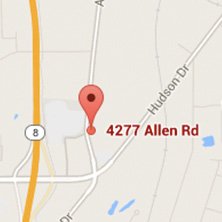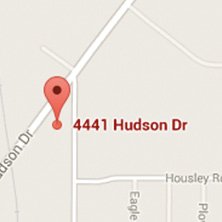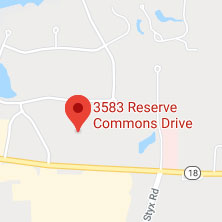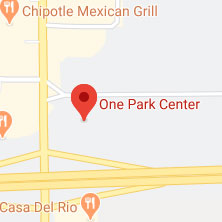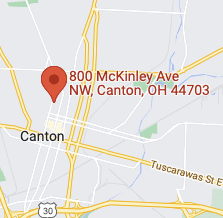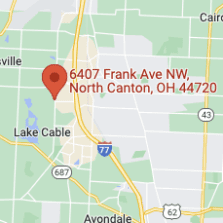Retinal Vein Occlusion
Retinal vein occlusion occurs when a vein carrying blood supply away from the retina is blocked. The blockage most commonly occurs at an arteriovenous crossing, or where an artery overlies the vein. Hardened arteries, due to atherosclerosis or hypertension, can compress the vein, causing blockage. A blocked vein leads to obstruction of blood drainage from the retina, causing leakage of fluid. When this occurs close to the macula, known as the center of your vision, it can cause blurry vision and vision loss. There are two types of blockage: central retinal vein occlusion (CRVO) and branch retinal vein occlusion (BRVO). CRVO blockage occurs in the retina’s main vein and BRVO occurs in a small retinal vein.
Retinal Vein Occlusion Symptoms
A retinal vein occlusion can cause sudden, painless loss of part of your vision or central blurry vision. If the occluded vein is not near the center of your vision you may not have any symptoms.
Risk factors of retinal vein occlusion include:
- High blood pressure
- Obesity
- Heart disease
- Glaucoma
- Rare causes in younger patients can include rheumatologic disease and blood clotting disorders
Retinal Vein Occlusion Treatment
The treatment of retinal vein occlusions is primarily directed at systemic evaluation of factors that could cause the blockage. A thorough evaluation by your primary care physician is recommended to assess your blood pressure, cholesterol levels and other risk factors for heart disease. Medical treatment of any systemic risk factors will help prevent further vein occlusions.
Eye treatment is directed at treating the complications of the blockage rather than relieving the blocked blood vessel. The main reason for vision loss is swelling, or macular edema, at the center of your vision. This is often treated with intravitreal injections to stop abnormal blood vessel growth and swelling.
Retinal Vein Occlusion FAQs
What is retinal vein occlusion and what causes it?
Retinal vein occlusion occurs when a vein in the retina is blocked, often due to high blood pressure, diabetes, or high cholesterol.
What are the common symptoms of retinal vein occlusion?
Symptoms include sudden blurry vision, dark spots or floaters, and sometimes partial vision loss in one eye.
Can retinal vein occlusion lead to permanent vision loss?
Yes, if untreated, it can cause lasting damage. Early diagnosis and treatment reduce this risk.
How is retinal vein occlusion treated?
Treatment may include injections to reduce swelling, laser therapy, or managing underlying conditions like high blood pressure or diabetes.
What are the risk factors for developing retinal vein occlusion?
Risk factors include high blood pressure, diabetes, high cholesterol, glaucoma, smoking, and age over 50.
Can retinal vein occlusion be prevented?
Managing blood pressure, blood sugar, and cholesterol, quitting smoking, and having regular eye exams can lower risk.
How quickly should I see an eye doctor if I suspect retinal vein occlusion?
See an eye doctor immediately if you notice sudden vision changes in one eye to reduce the chance of permanent damage.


